Pressure Points Demystified: Strategies for Effective Karate Training
Introduction
Karate, a martial art steeped in tradition and technique, incorporates a variety of strategies for effective self-defense and physical fitness. One of the more nuanced aspects of karate is the understanding and application of pressure points. While these may sound mystical to some, they are rooted in centuries of martial knowledge. This article aims to demystify pressure points, exploring their relevance in karate training, discussing how they can be applied in both self-defense and sparring, and providing strategies for effective training.
Understanding Pressure Points
What Are Pressure Points?
Pressure points, also known as acupressure points or kyusho points in martial arts, are specific areas on the body where nerves, blood vessels, and tissues come together. Traditional Eastern medicine has long recognized these points as critical elements of the body’s energy pathways—meridians. In karate, the effective use of these points can lead to pain, temporary incapacitation, or even submission of an opponent.
The Science Behind Pressure Points
The human body houses numerous pressure points, each with unique physiological explanations. Many of these points are associated with the nervous system, where striking can cause a sudden release of tension or pain response. Understanding the anatomy behind these points is crucial for martial artists seeking to maximize their effectiveness.
Historical Context
Traditional Uses of Pressure Points in Martial Arts
The incorporation of pressure points can be traced back to the ancient martial arts practices of China, Japan, and Korea. The Chinese art of “Dim Mak,” for example, translates to “Death Touch,” signifying the ability to incapacitate an opponent through targeted strikes. While this concept may seem extreme, it highlights the long-standing belief in the strategic significance of pressure points.
The Evolution in Karate
In the context of karate, practitioners often utilize pressure points alongside traditional kata (forms) and kumite (sparring). Karate schools across the globe have adapted these techniques, merging them with contemporary self-defense methods. Understanding this evolution helps practitioners recognize the importance of integrating pressure points into their training.
The Role of Pressure Points in Karate Training
Self-Defense Applications
Pressure points serve as effective tools for self-defense in karate. A well-placed strike can create openings for further techniques or even neutralize an assailant. By focusing on vulnerable areas, a smaller practitioner can defend against a larger opponent using targeted techniques.
Sparring Dynamics
In kumite, understanding how to exploit an opponent’s pressure points can change the course of a match. Strikes to these areas can disrupt an opponent’s balance or performance through pain or disorientation. This dynamic adds a layer of strategy to the sparring environment.
Key Pressure Points in Karate
Commonly Used Pressure Points
- Temple (Shin Tō): Located on the side of the head, a strike here can cause disorientation or knockout.
- Carotid Artery (Kō shinzō): A blow here can discombobulate an opponent.
- Solar Plexus (Nabō): A strike here can wind an opponent, leaving them vulnerable.
- Groin: Known for its effectiveness in self-defense, a targeted kick can incapacitate an assailant.
- Knee Caps: Strikes here can compromise an opponent’s mobility.
Specific Techniques
- Circular Hook Punch to the Temple: This can be executed with a swift, circular motion to gain maximum impact.
- Front Kick to the Solar Plexus: A well-placed kick can take the wind out of an opponent, yielding immediate control.
- Side Kick to the Knee: This technique is both defensive and offensive, allowing for a counter-strike that targets a vital joint.
Training Strategies
Focused Drills
Incorporating focused drills in which students practice targeting specific pressure points can enhance situational awareness and precision. These drills should include both solo practice (shadow boxing) and partner work.
Partner Exercises
Training with a partner allows practitioners to experience the effects of targeting pressure points firsthand. Controlled sparring sessions can provide practical insight into how these techniques work in real-time scenarios.
Visualization Techniques
Visualization can be a powerful tool in mastering pressure points. Athletes often find performance improvement through mental imagery, and this can be applied to karate training. Practitioners should envision targeting various pressure points during their drills and sparring sessions.
Incorporating Pressure Points into Kata
Encouraging students to incorporate pressure point strikes into their kata can deepen their understanding of kata applications. This practice highlights the real-world utility of traditional forms.
Mindfulness and Awareness
Finally, cultivating a sense of mindfulness and situational awareness is critical. Practitioners should learn to recognize potential openings and use control strategies effectively. Incorporating mental training, such as breathing exercises and meditation, can facilitate this development.
Safety Considerations
Ethical Training
While pressure points can be effective in martial arts, it’s essential to adopt an ethical approach to training. Practitioners must be responsible, ensuring they do not cause undue harm to training partners.
Regular Consultation
For those serious about integrating pressure points into their practice, regular consultation with experienced instructors can enhance understanding. They can provide insights into proper targeting techniques and offer safety guidelines.
Physical Limitations
Every practitioner has physical limitations. An awareness of one’s limits and those of training partners is crucial in preventing injuries. Techniques should be practiced in a controlled environment to mitigate risks.
Conclusion
Understanding pressure points can significantly enhance a karate practitioner’s effectiveness in both sparring and self-defense. While rooted in ancient practices, the modern application of these techniques has become increasingly relevant in the ever-evolving landscape of martial arts. With focused training strategies, ethical considerations, and an understanding of karate’s historical context, practitioners can demystify pressure points and wield them responsibly and effectively on their martial journey.
By embracing the complexities of pressure points, karate students not only enhance their technical prowess but also deepen their respect for this age-old martial art. The integration of pressure points into training can lead to a more nuanced understanding of karate’s principles, ultimately enriching the journey of every martial artist.
References
- Hurst, J. (2020). Kyusho Jitsu: Theoretical Aspects of Pressure Points. Martial Arts Journal.
- Lee, S. (2018). The Modern Martial Artist: A Comprehensive Guide to Techniques and Principles. Publisher.
- Yamamoto, T. (2021). Historical Perspectives of Karate and Pressure Points. Japanese Martial Arts Review.
- Davis, M. (2019). Self-Defense Strategies: The Role of Pressure Points in Modern Karate. Self Defense Press.


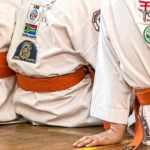













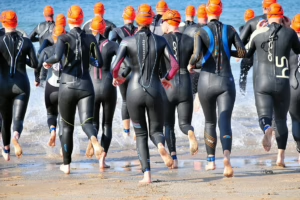
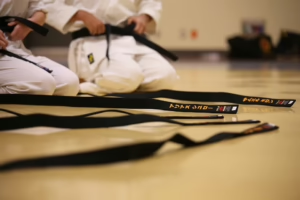


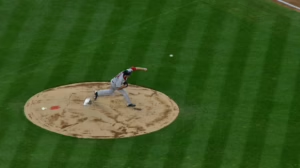
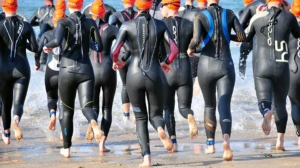




Add Comment